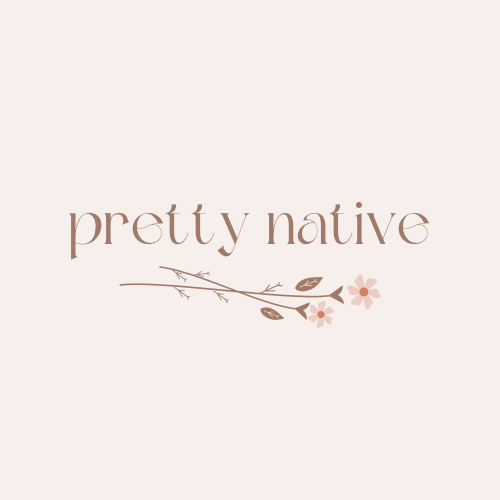Does anyone else feel complete overwhelm when walking into a store like Sephora? The sensory overload begins with the sheer amount of plastic and consumerism that permeates this small space.
As you step into the store, the sheer volume of plastic packaging hits you. Every product, from luxurious serums to everyday moisturizers, is encased in plastic. Shelves brimming with individual items wrapped in layers of plastic create a sense of excess, with each product contributing to a growing mound of waste that most likely ends up in landfills or oceans.
The feeling of being overwhelmed intensifies as you realize that each beautifully designed container is part of a cycle of consumption that fuels not just consumerism but also environmental degradation. The thought of the microbeads in exfoliants, the non-recyclable packaging, and the sheer volume of products that go unsold or expired adds to a growing concern about the environmental footprint of the beauty industry.
The question is, can the beauty and self care industry actually be sustainable……
By definition sustainability means meeting our own needs without compromising the ability of future generations to meet their own needs. In addition to natural resources, we also need social and economic resources.
A few points to consider:
-
Plastic Waste: The beauty industry is a significant contributor to plastic waste. A report by Zero Waste Europe highlights that the industry generates about 120 billion units of packaging annually, a significant portion of which is plastic.
-
Product Waste: It’s estimated that around 50% of beauty products end up being thrown away before they are used up. This is due to factors like product expiration, changes in consumer preferences, or dissatisfaction with the product.
-
Chemical Pollution: Many beauty products contain chemicals that can harm the environment. For instance, microbeads, which are often found in exfoliating products, contribute to marine pollution.
-
Consumer Behavior: Studies show that consumers are increasingly aware of the environmental impact of their beauty routines. A 2023 survey found that 60% of beauty consumers are willing to pay more for products from sustainable brands.
-
Brand Initiatives: In response to growing awareness, many beauty brands are adopting more sustainable practices. According to a 2024 report by the Ellen MacArthur Foundation, over 50% of major beauty brands are now committed to using recycled materials for their packaging or developing refillable options.
The beauty and self-care industries are increasingly being scrutinized for their environmental impact, and while progress is being made, there is still a long way to go in reducing waste and promoting sustainability.
If it were only the resources at stake, we could possibly say that the beauty industry has the opportunity, with many changes, to become more sustainable. However, sustainability and waste go hand in hand and the amount of waste produced by personal care items and cosmetics is a far larger problem than any of us can actually comprehend.
From disposable mascara tubes and lipstick, synthetic makeup sponges and brushes, to face creams and cleansers in plastic tubs and toothbrushes made with plastic. It is overwhelming to grasp the volume of waste in the personal care and beauty industry.
Billions of items and their packaging are thrown out every year. These items that have become so central to how we live our lives, we might just write them off as necessary waste.
In an article written by Good Housekeeping in 2015 they stated that the average woman owns 40 makeup products. With millions of dollars spent on marketing and new products launching daily that that number has only grown. At the current rate, the world is going there will need to be a major change in the cosmetics industry to make sustainability and zero waste a reality.
Companies like take TerraCycle takes traditionally non-recyclable items and recycles them. This is merely a Band-Aid for the current problem. While it offers a temporary reprieve, it also enables companies that focus on luxury and non-recyclable packing to continue to produce items that cannot be traditionally reused or recycled, which in the end this is not the solution.
There are a few companies out there making the changes that truly need to be made, including upstream sustainability productions, sourcing of materials, not testing on animals, and using products that are truly reusable and refillable.
To be truly sustainable the entire process needs to be reevaluated, from extraction of raw materials through production, packaging and replacement, without sacrificing the quality of the product. If people are purchasing products that do not perform they will continue to seek out new products which is not a sustainable option.
Back to the question at hand, can the beauty and self care industry become more sustainable? It seems that it can. What we can do as consumers to be the most sustainable as possible, use what you have.
I hope this has enlightened you and has inspired you to learn more! Until next time~ Wishing you a healthy and happy life!

